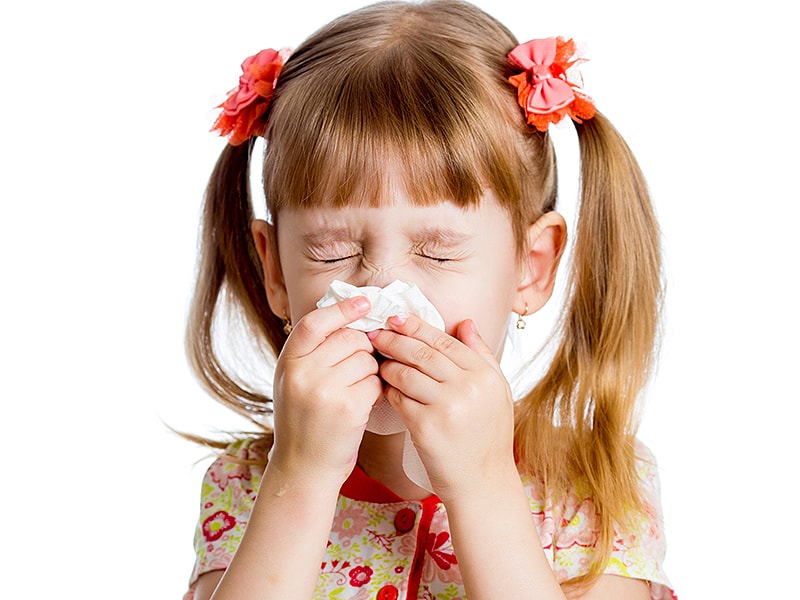Paint Allergy: Symptoms, Causes, and Prevention
A typical household commodity, paint is used to beautify and protect surfaces such as walls, furniture, and others. Paint, yet, could cause allergies in some people. Many symptoms, including respiratory issues, skin rashes, and even anaphylaxis, can be brought on by a paint allergy.
A paint allergy's signs and symptoms:
Depending on how severe the allergy is, a person's symptoms of a paint allergy may differ from person to person. Some typical signs include:
- Chest tightness, wheezing, coughing, and shortness of breath are all examples of respiratory issues.
- Redness, itching, hives, and a rash are a few examples of skin irritation.
- Eye irritation: This might cause your eyes to get red, water, and burn.
- Sneezing, a runny nose, and congestion are a few symptoms of nasal irritation.
- Anaphylaxis is an uncommon but severe allergic reaction that poses a major risk to life. Anaphylaxis symptoms can include trouble breathing, swelling of the face and throat, and a sharp drop in blood pressure.
Paint allergy causes:
Several elements in paint, such as the following, have been linked to paint allergies:
- Volatile organic compounds (VOCs) are substances that can vaporize and release into the atmosphere. They can be discovered in a variety of paints, including latex, oil-based, and even certain water-based paints.
- A substance called formaldehyde is employed as a preservative in some paints. Both skin discomfort and respiratory issues may result from it
- isothiocyanate: Some paints use the chemical isothiocyanate as a preservative. They may result in allergic reactions and skin rashes.
- Other allergens: Resins, pigments, and scents are among more allergens that are present in paint.
How to avoid becoming allergic to paint:
Avoiding exposure to the allergens that might cause a paint allergy is the best approach to prevent one from developing. Given that paint is a frequent household item, this can be challenging. But, there are several actions you can do to lessen your exposure risk, such as:
- Pick low-VOC paints since they contain less of the substances that can cause allergies.
- Avoid formaldehyde-based paints: If you have a formaldehyde allergy, stay away from paints that contain the substance.
- Paints containing isothiocyanate should be avoided if you have an isothiazolinone allergy.
- Wear safety equipment: To prevent exposure to paint fumes and other allergies when painting, put on gloves, a mask, and goggles.
treatment for an allergy to paint:
The easiest method to treat a paint allergy is to stay away from the allergens that cause it. There are a few things you may take to ease your symptoms if you do come into touch with paint and have a response, including:
- Use an inhaler or nebulizer to clear your airways if you are experiencing respiratory issues.
- Apply a cool compress or calamine lotion to the irritated region if the skin is irritated.
- If your eyes are itchy, rinse them with cool water.
- Use an EpiPen or other epinephrine auto-injector to treat anaphylaxis and dial 911 right away.
A doctor can perform testing if you are unsure whether you have a paint allergy. To find out if you are allergic to any of the ingredients in paint, an allergist can conduct a skin test on you.
Tips for living with a paint allergy:
If you have a paint allergy, there are a few things you can do to manage your condition and reduce your risk of exposure to allergens, including:
- Be aware of your surroundings: Recognize the kinds of paint being used in the locations you frequent and steer clear of any spaces where you might be exposed to paint fumes.
- Pick products : Read the labels when selecting household products, such as cleaners and air fresheners, to stay away from those that may contain allergens from paint.
- Establish a plan: Have a plan in place for how you will handle your symptoms if you are exposed to paint and experience a reaction. This can entail carrying an epinephrine auto-injector, inhaler, or nebulizer about with you at all times.
Having a paint allergy can be difficult to manage, but it is still possible to lead a regular life. By being aware of your triggers and taking steps to cut exposure, you can reduce your risk of having an allergic reaction.




Comments
Post a Comment